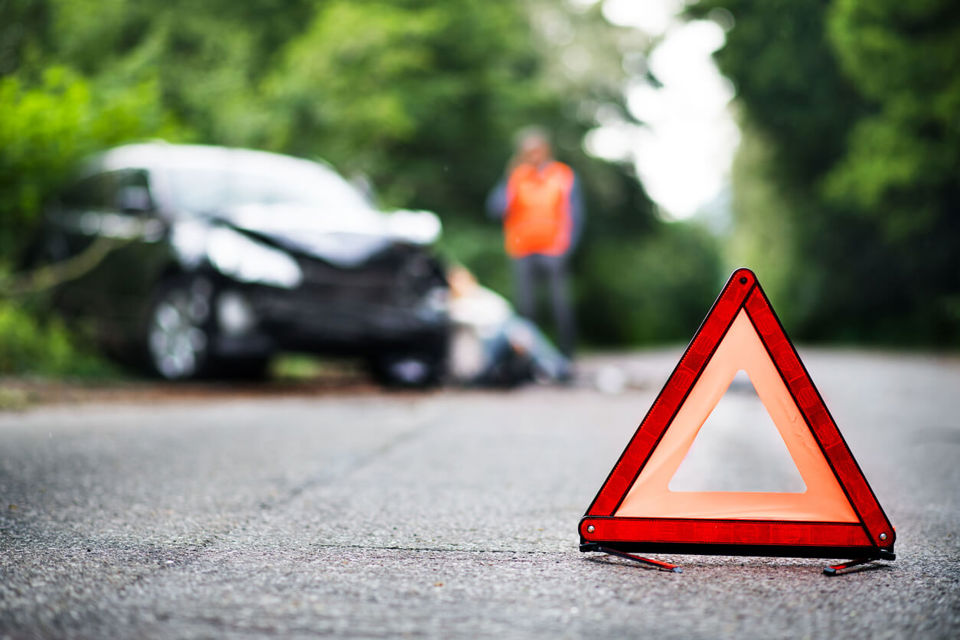Road safety campaigners are calling for Government action after there were 1,775 reported road deaths in 2014, an increase of 4% compared with 2013.
Pedestrians accounted for three quarters of the increase in fatalities between 2013 and 2014. Pedestrian fatalities increased by 12% from 398 in 2013 to 446 in 2014.
The number of people seriously injured in reported road traffic accidents increased by 5% to 22,807 in 2014, compared with 2013, and there was a total of 194,477 casualties of all severities in reported road traffic accidents during 2014, the first increase in overall casualties since 1997.
Meanwhile, a total of 146,322 personal-injury road traffic accidents were reported to the police in 2014. Of these accidents, 1,658 resulted in at least one fatality.
The Institute of Advanced Motorists (IAM) is urging the Government to take radical steps to reverse this increase before it becomes a trend and address the decline in the numbers of police traffic officers.
Neil Greig, IAM director of policy and research, said: “These figures are greatly concerning and show the time for action is now.
“We are clear on what needs to happen. We call again for road safety targets to be reintroduced – they are the only clear way of ensuring reductions are measured and achieved.
“There also must be a greater focus on driver and rider quality and incentives for companies and individuals to continuously develop their skills.”
The increase was set against the backdrop of vehicle traffic levels increasing by 2.4% between 2013 and 2014.
With the exception of 2010 to 2011, which was affected by severe weather, 2014 is the first rise in fatalities over the calendar year since 2003. It is also the first rise in seriously injured casualties since 1994.
Further analysis of the figures reveals that the number of car occupants killed rose by 1.5% compared with 2013, reaching 797 deaths in 2014.
The Department for Transport (DfT) says it is unlikely that this change of 12 deaths is statistically significant and the increase is likely to have come about by chance.
A total of 8,035 car occupants were seriously injured in reported road accidents. This represents an increase of 5.2% from the 2013 level.
An increase of this magnitude is likely to be statistical significant, suggesting that the change is as a result of genuine differences in safety and risk between 2013 and 2014.
Nevertheless, 2014 still represents the second lowest year on record, at 2.4% below the 2012 figure.
Overall car occupant casualties also increased by 5.2% to 115,530 in 2014. As with seriously injured casualties, this is the second lowest year on record, and the change is large enough to probably be statistically significant.
Cyclists also still account for a disproportionately high number of casualties, with 113 killed in 2014. Worryingly, there was a huge rise in the number of cyclists being seriously injured, from 3,143 to a total of 3,401. This number has been increasing almost every year since 2004.
Motorcyclist deaths rose by 2% from 331 in 2013 to 339 in 2014, and there was an increase of more than 400 who were seriously injured, taking the number to 5,628 in 2014, a rise of 9%. Overall motorcyclist casualties increased from 18,752 to 20,366, an increase of 9%.
The Royal Society for the Prevention of Accidents (RoSPA) says more needs to be done to protect vulnerable road users after new figures revealed a rise in the number of deaths on Britain's roads.
Kevin Clinton, head of road safety at RoSPA, said: "The reductions in road death and injury in recent years will not automatically be sustained, without a continued focus on road safety.
“We must remain focussed on making our roads safer for everyone, and especially for people travelling on foot and by two wheels.”
Last week, reported road casualties in Scotland for 2014 showed a total of 11,240 road casualties and 200 fatalities - 6% more than 2013
RAC chief engineer David Bizley concluded: “It does appear that the days of annual reductions in road casualties are well and truly over.
“National efforts to tackle road safety appear to be stalling, after decades of progress in the reducing the numbers killed or injured on the roads.
“A new national strategy on road safety cannot come soon enough. These figures serve to highlight just how pressing the need is for road safety to be given the political focus it clearly so desperately needs.”





















Dave - 26/06/2015 13:45
It would be interesting to know what the proportion of deaths is against the number of drivers or vehicles on the road to see if more drivers/vehicles has an impact on the figures.